Nationality American Spouse(s) Le Lieu Browne | Name Malcolm Browne Role Journalist | |
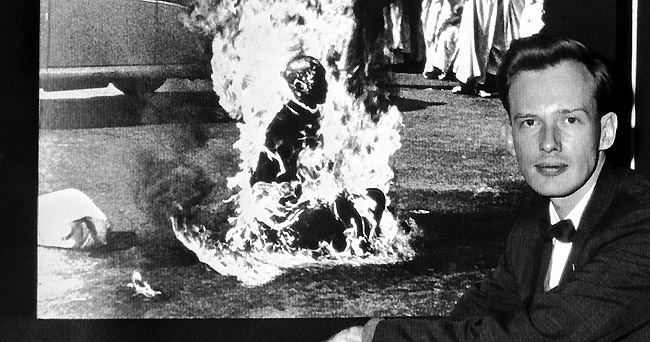 | ||
Full Name Malcolm Wilde Browne Occupation Journalist, photographer Family sister, two brothers, all younger Died August 27, 2012, New Hampshire, United States Children Wendy Sanderson, Timothy Di Leo Browne Books The new face of war, Muddy Boots and Red Socks: A Reporter's Life Awards World Press Photo of the Year, Pulitzer Prize for International Reporting, World Press Photo Award for Spot News Similar People David Halberstam, Neil Sheehan, Elzbieta Czyzewska | ||
Malcolm Wilde Browne (April 17, 1931 – August 27, 2012) was an American journalist and photographer. His best known work was the award-winning photograph of the self-immolation of Buddhist monk Thích Quảng Đức in 1963.
Contents
- Remembering malcolm browne steve van buren terry tracy
- Early life
- Career
- Death
- Awards and recognition
- References
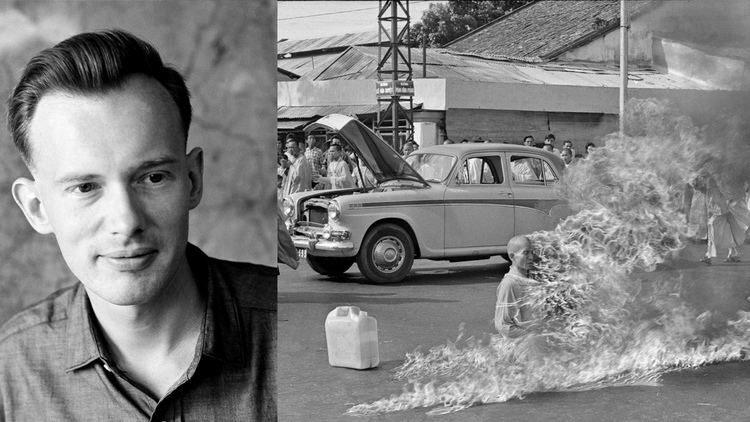
Remembering malcolm browne steve van buren terry tracy
Early life
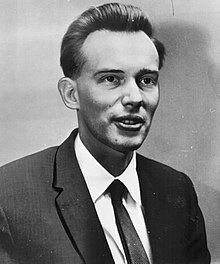
Browne was born and raised in New York City. His mother was a Quaker with fervently anti-war opinions, his father a Roman Catholic and an architect. Browne attended Friends Seminary, a Quaker school in Manhattan from kindergarten through to twelfth grade. He attended Swarthmore College in Pennsylvania and studied chemistry.
Career
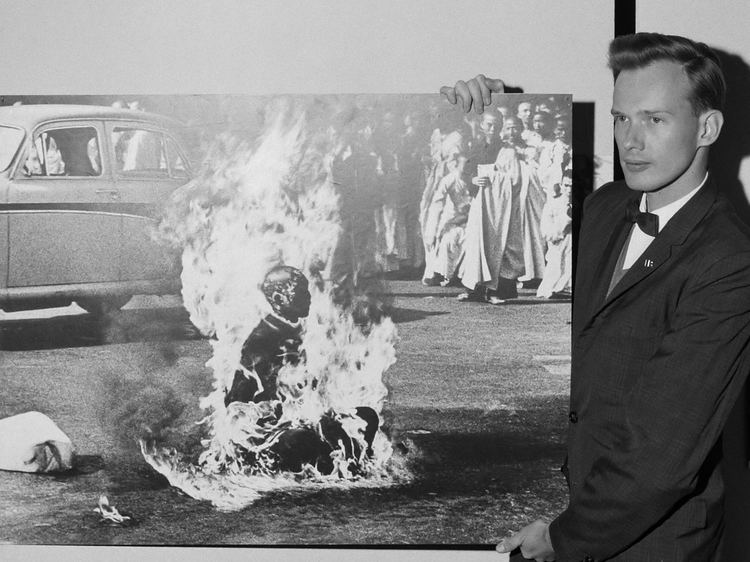
Browne's career in journalism began when he was drafted during the Korean War, and assigned to the Pacific edition of the Stars and Stripes where he worked for two years. He worked for the Middletown Times Herald-Record, then joined the Associated Press (AP), working in Baltimore from 1959 to 1961, at which point he was made chief correspondent for Indochina. On June 11, 1963 he took his famous photographs of the death of Thích Quảng Đức. After having won a Pulitzer Prize for International Reporting and receiving many job offers, he eventually left the AP in 1965.
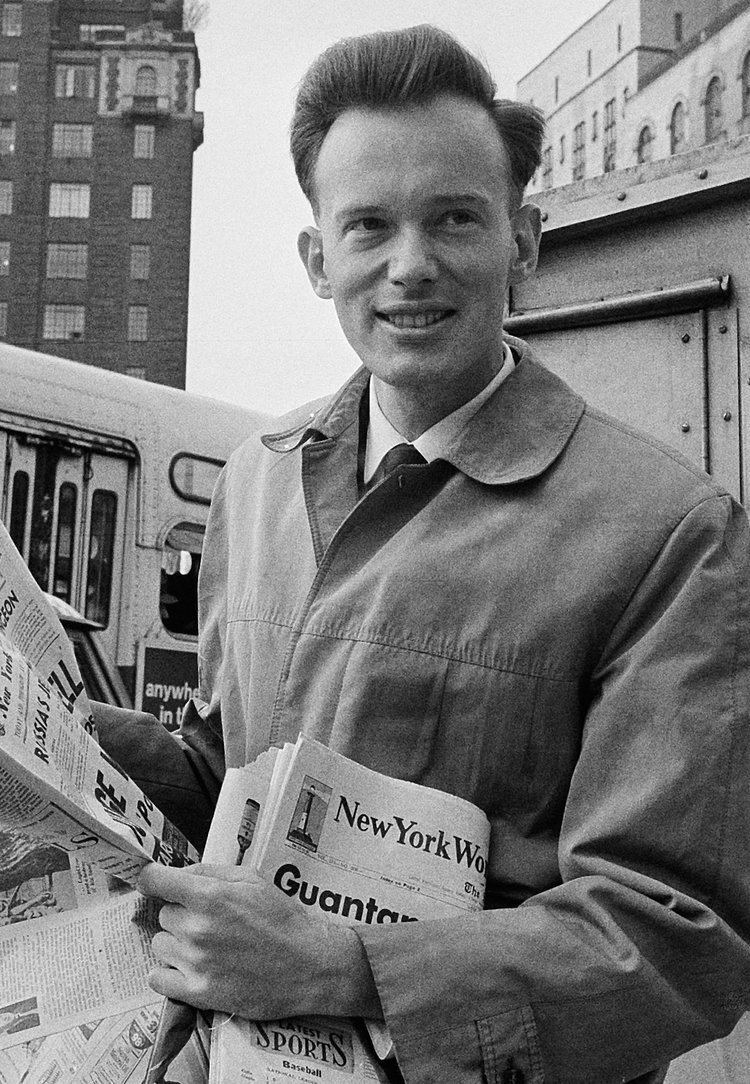
He worked for ABC TV for about a year but became dissatisfied with television journalism. He worked freelance for several years, and did a year's fellowship at Columbia University with the Council on Foreign Relations. In 1968, he joined The New York Times, and in 1972 became its correspondent for South America. Before becoming a journalist Browne worked as a chemist, and in 1977, he became a science writer, serving as a senior editor for Discover. He returned to the Times in 1985. He covered the Persian Gulf War in 1991.
Death
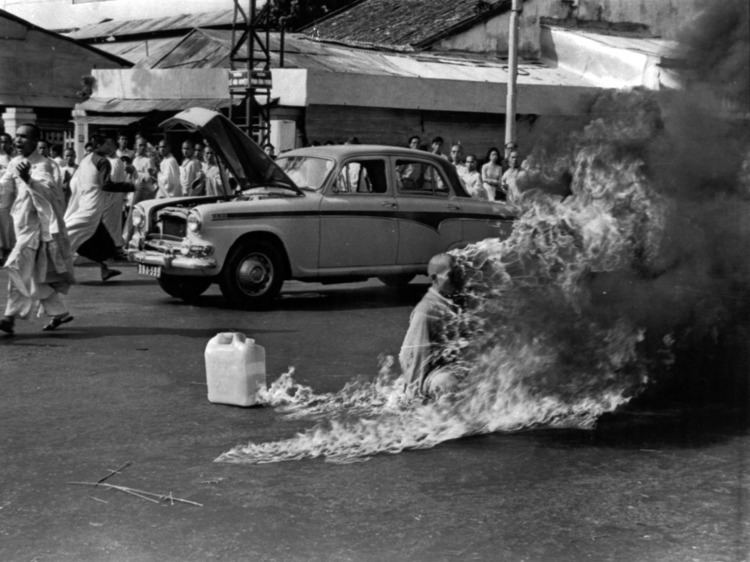
Browne died on Monday August 27, 2012, of complications from Parkinson's disease. He was 81.
